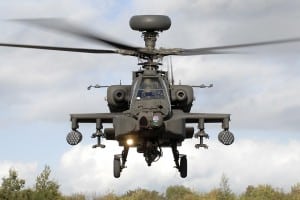
A report and recommendations on the future structure of the Army will be made public during an official ceremony Thursday in downtown Washington, D.C.The National Commission on the Future of the Army (NCFA) briefed senior service and Pentagon officials and lawmakers Wednesday on the outcome of its yearlong deep dive into the workings and organization of the Army. The report will be made public at 2 p.m.The commission, created by Congress in the 2015 National Defense Authorization Act, will not…

 By
By 











